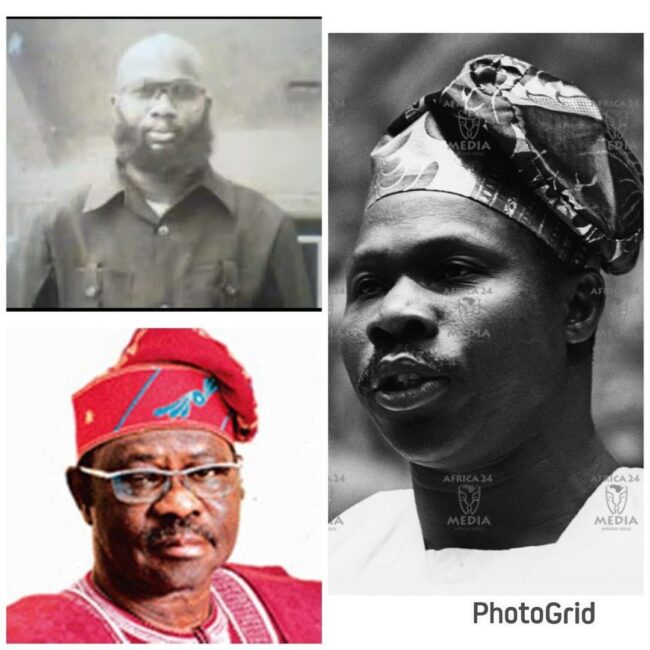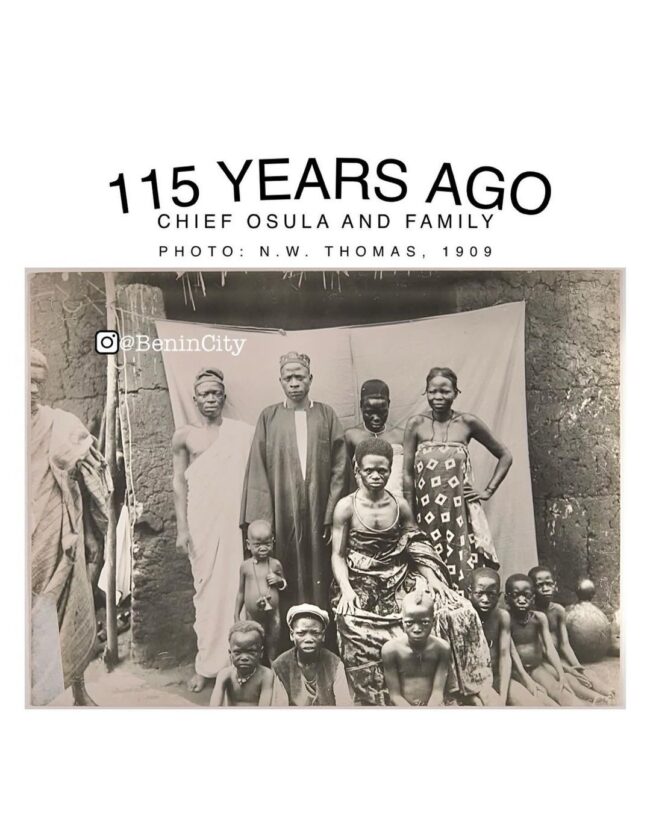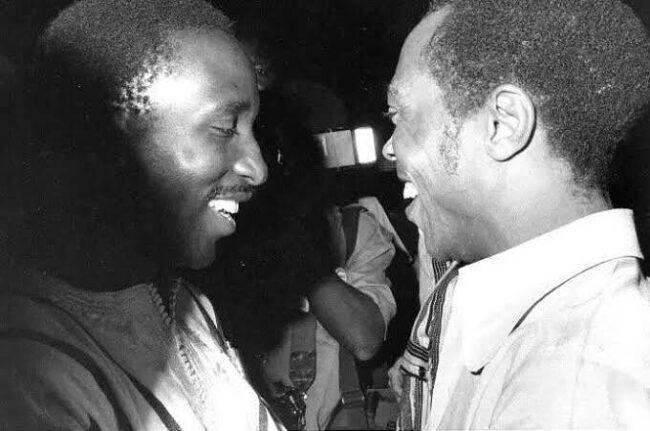THE STORY OF ALI MUST GO IN 1978
Under General Olusegun Obasanjo’s military rule, the famous and tragic “Ali Must Go” protests that broke out in 1978 have a profound impact on the history of student activism in Nigeria. The contentious Federal Government of Nigeria decision to raise tuition at Nigerian institutions set off this momentous event. Students from less wealthy families were disproportionately affected by the edict, which was perceived as an oppressive measure. Nine students tragically died as a result of this protest when police opened fire on the demonstrators who were acting peacefully. Colonel Ahmadu Ali, the Federal Commissioner for Education at the time, became the face of student complaints, and his name was given to the protests. Students nationwide staged large-scale protests and walkouts against the fee increase, calling for a change in the policy and improved student treatment. The response from the authorities was severe and brutal. Violent altercations broke out on college campuses around the nation as security personnel were called in to put an end to the demonstrations. The student movement was further energized by the unfortunate deaths of several students, most notably Akintunde Ojo, who died as a result of the turmoil. The “Ali Must Go” rallies were a historic event in Nigerian history, even with the harsh crackdown. They emphasized the importance of youth activism and the vital role that they play in promoting fairness and social justice. The demonstrations also brought to light long-standing problems with Nigeria’s administration and educational system, problems that still affect a lot of people. The memory of the “Ali Must Go” protests serves as a reminder of the tenacity of resistance and the significance of opposing laws that jeopardize the rights and prospects of young people as we consider this incident 46 years later. The demonstrations, which continue to be the source of all youth-led agitations in Nigeria, represented the enthusiasm, tenacity, and fortitude of the country’s youth.






